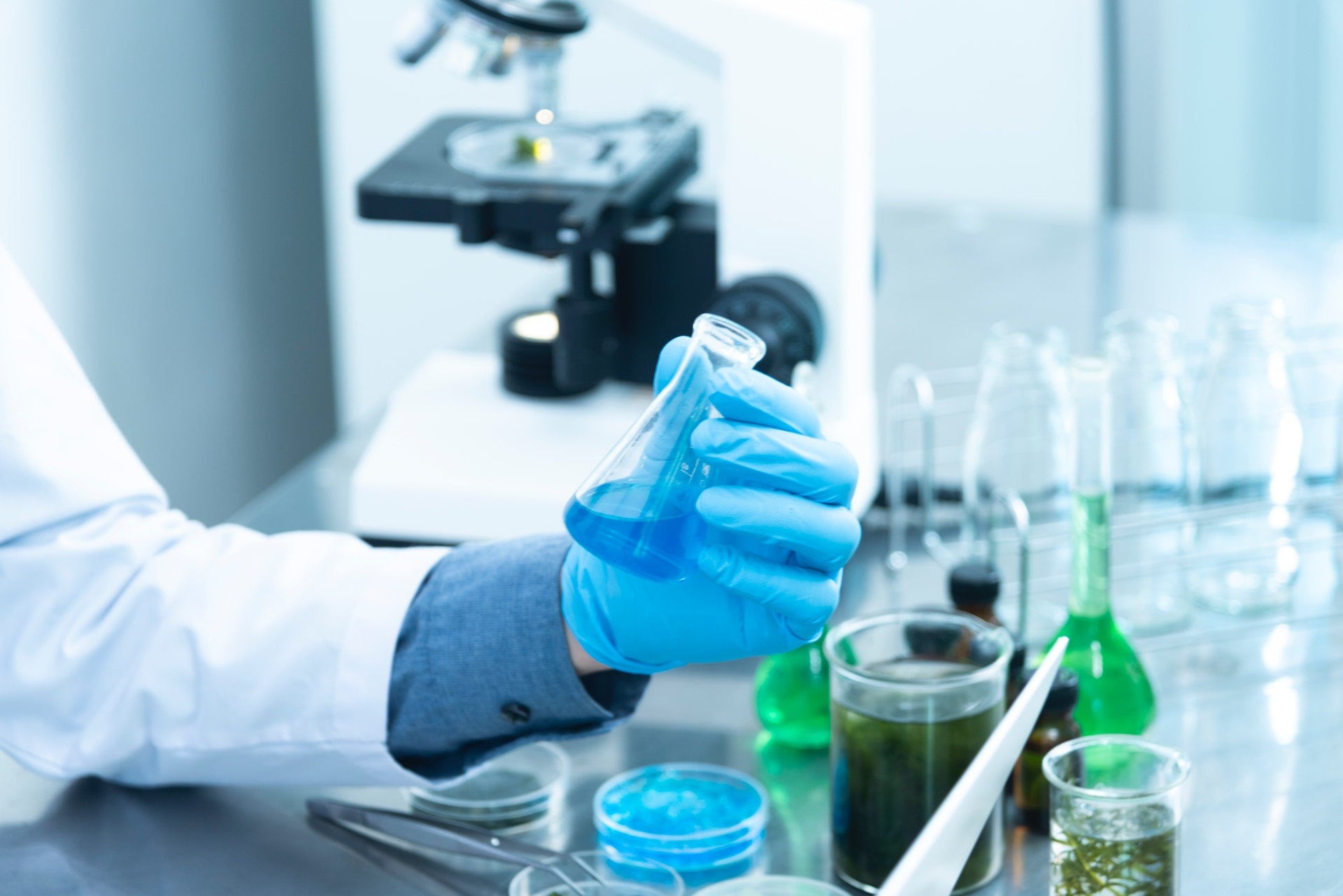Factors Affecting Mixing:
- Nature of the product
- Particle size
- Particle shape
- Particle charge
- Proportion of Material
- Relative Density
- Viscosity
- Surface tension of liquids
- Temperature
- Mixer volume
- Agitator type
- Speed/rpm of the impeller
- Mixing time
1. Nature of the product:
Table of Contents
- For effective mixing, the particle surface should be smooth. The rough surface of one or more components leads to increase chances of entry of active substance into the pores of another ingredient and further affect mixing.
2. Particle size:
- It is easier to mix powders of the same particle size. Variation in particle size leads to improper mixing. Increasing the difference in particle size will lead to segregation (size separation) since small particles can fall through the voids between the larger particles
3. Particle shape:
- The particle should be spherical to achieve uniform mixing.
4. Particle charge:
- Some particles due to electrostatic charges exert an attractive force which leads to separation.
5. Proportion of Material:
- It is easy to mix powders if available in equal quantities. But to mix small quantities of powders with large quantities of ingredients is a difficult process.
6. Relative Density:
- If the components have a different density, the denser material will sink through lighter material, the effect of which will depend on the relative positions of the matter in the mixer.
7. Viscosity:
- The mixing is also affected by the viscosity. An increase in viscosity reduces the extent of mixing. More viscous particles cause poor mixing.
8. Surface tension of liquids:
- The surface tension of the liquid is also an important factor affecting the mixing. High surface tension reduces the extent of mixing.
9. Temperature:
- The temperature also affects the mixing because the viscosity changes with the change of temperature.
10. Mixer volume:
- The volume of the mixing also affects the mixing phenomena. The blender volume should be such that overfilling should not be done as it decreases the mixing efficiency
11. Agitator type:
- The shape, size, location, and type of agitator also affect the degree of mixing achieved and the time required to mix specific components.
12. Speed/rpm of the impeller:
- The speed of the impeller affects the homogeneity of the mixing. As mixing at less rpm is more homogeneous than at a higher rpm.
13. Mixing time:
- The mixing time is also very important for appropriate mixing. There is always an optimal mixing time for the specific conditions in which the mixing is taken place.
Make sure you also check our other amazing Article on : Mechanism of Solid Mixing
